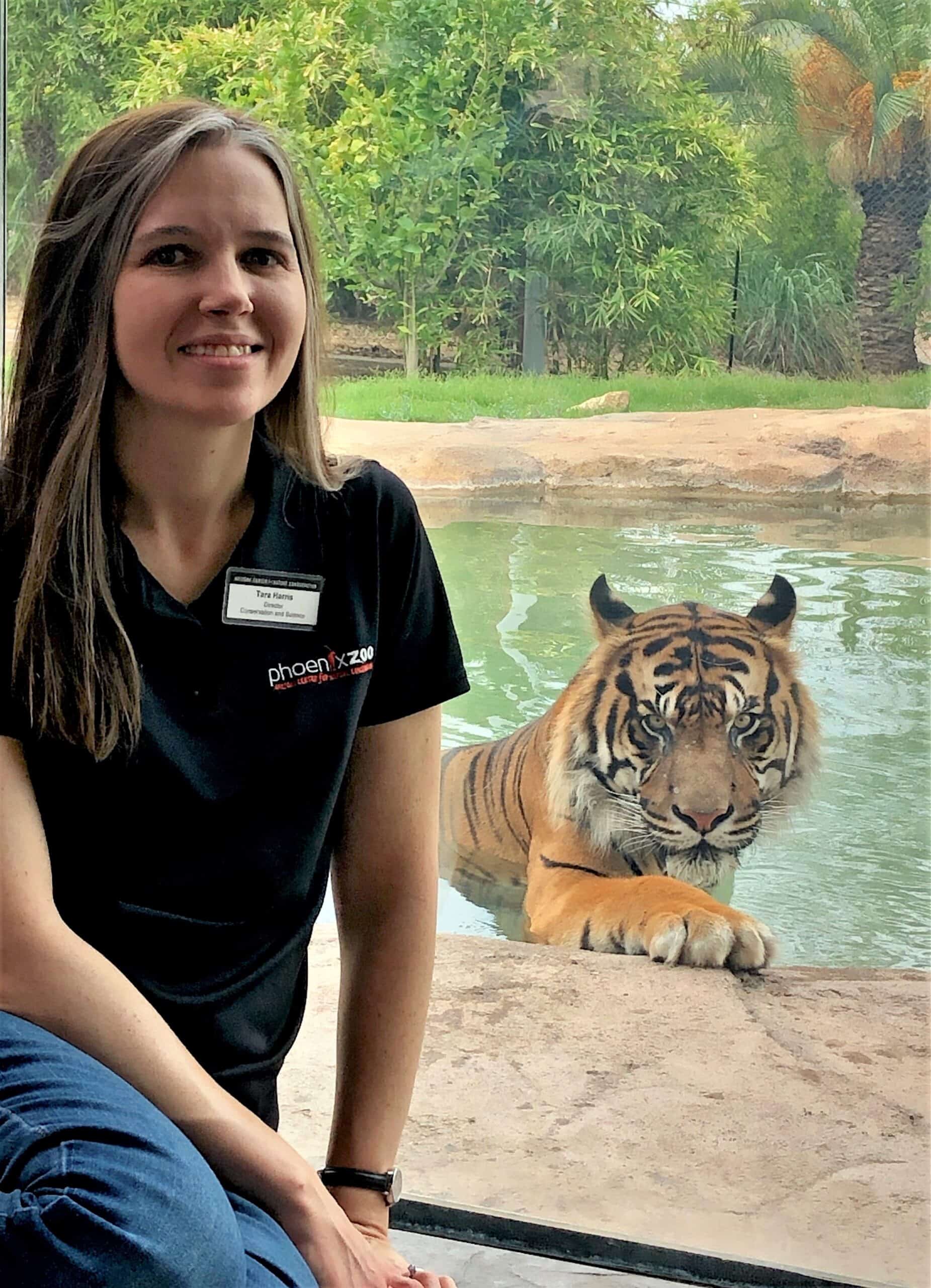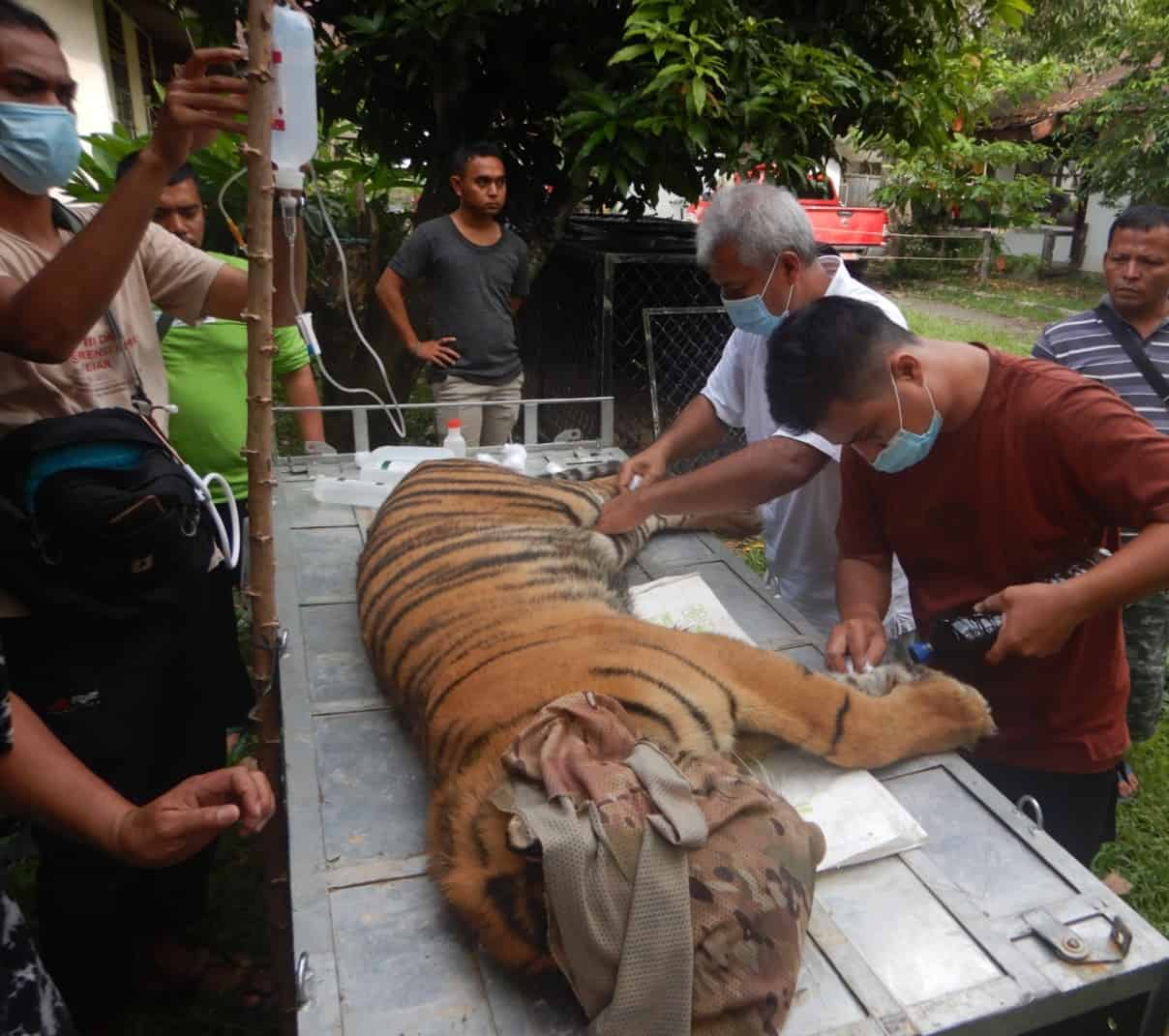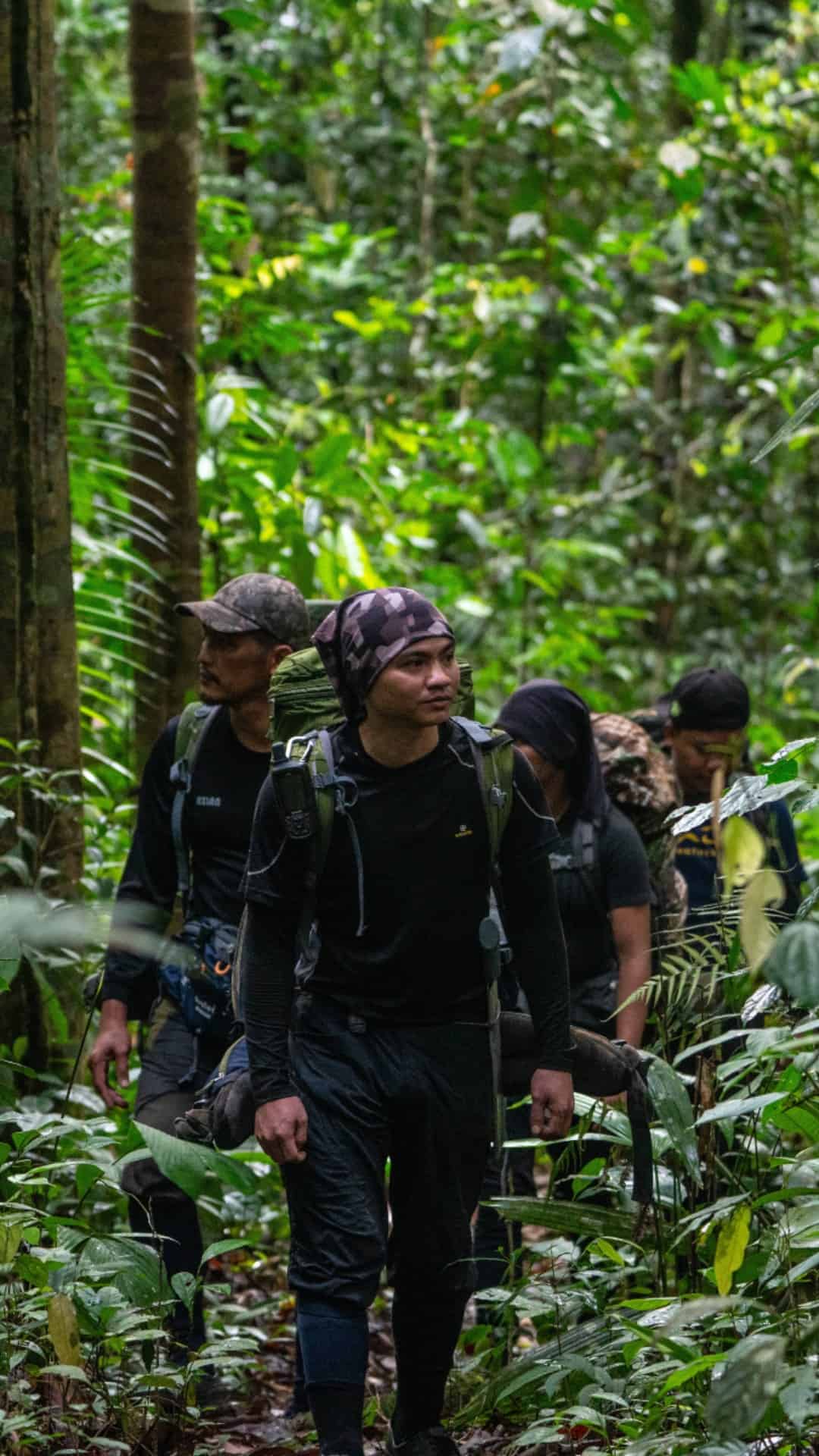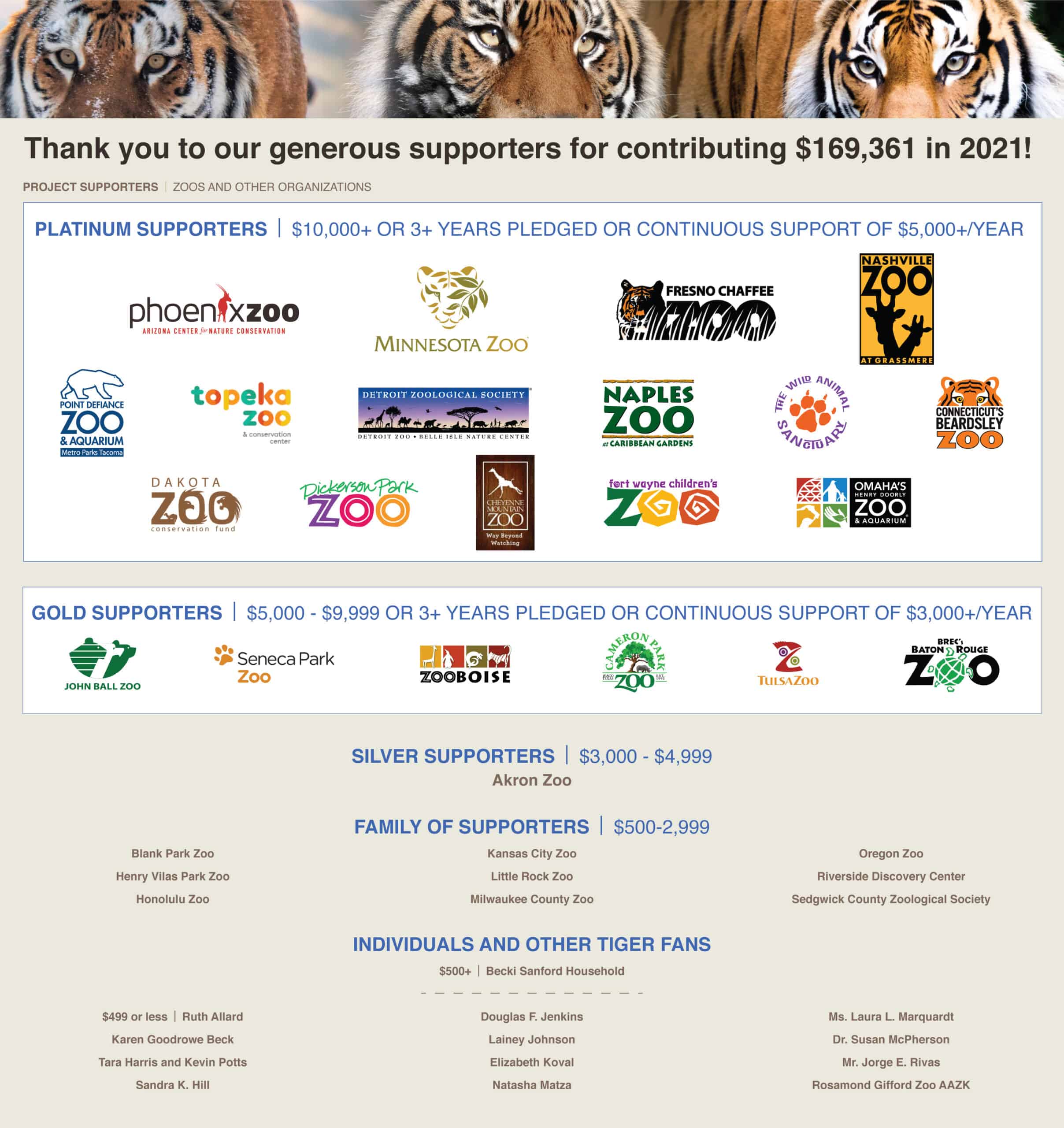
TOGETHER, WE CAN SAVE WILD TIGERS
A decade ago, I launched the Tiger Conservation Campaign with a simple belief that zoos and aquariums, and the people who love them, can and should come together to save wild tigers. I’m proud to report that as a community, we have raised more than $1.5 million. All of these funds have been directed to on-the-ground efforts to stop the threats that endanger wild tigers and to help the communities that are key to their conservation. Thank you sincerely for your dedication and support, even as we all faced significant challenges over the past couple years.
As we leap into 2022, the Year of the Tiger, many hurdles remain to fulfilling the global goal of doubling the number of wild tigers. But I still believe that we can save this magnificent, awe-inspiring, intimidating, and heart-melting big cat – especially when we work together.
The projects we support have made an incredible difference for wild tigers over the past decade. And though the pandemic continues to pose challenges for tiger field projects, there is much from 2021 to celebrate. Thank you for supporting the hard-working teams in the field that are doing the arduous but important work to save wild tigers.
The Tiger Conservation Campaign is a program of the AZA Tiger Species Survival Plan® and is proudly co-hosted by the Arizona Center for Nature Conservation/Phoenix Zoo and the Minnesota Zoo.



CONSERVATION ON THE MOVE
Where the prey go, tigers follow. And with the climate changing in the Amur tiger’s habitat, ungulates are on the move – northward. Tiger tracks are now regularly being observed in northern wildlife reserves where tigers were previously non-existent.
To plan for a future for tigers in these northern areas, Tiger Conservation Campaign partners at the Wildlife Conservation Society (WCS) started working with new reserves in 2021 to set up effective anti-poaching patrolling and tiger population monitoring systems.
With Amur tiger populations also expanding westward, largely due to reintroductions of orphaned rehabilitated tigers, WCS has similarly been working in these areas. In 2021, they began training the Wildlife Department of Amur Province in SMART – an anti-poaching management tool that has proven effective in other areas. Improving anti-poaching efforts in this massive area of existing and potential tiger habitat along the western edge of the Amur tiger’s range is a tremendous step forward for tiger conservation.


TREATED AND RELEASED: A SNARED SUMATRAN TIGER
In areas surrounding Sumatran tiger habitat, farmers sometimes set snares to protect their crops from wild pigs, which frequent these areas. Tigers venture into cropland to prey upon wild pigs and can become ensnared. The Wildlife Response Units we support are responsible for rapidly responding to incidents like these.
In 2021 our WCS conservation partners were involved in the evacuation and release of a Sumatran tiger, working the Ministry of Environment and Forestry’s Gunung Leuser National Park (GLNP) and Aceh Natural Resource Conservation Agency. Male tiger, “Danau Putra”, was found in a community plantation area outside of GNLP with his right leg trapped in a wire snare. The tiger was evacuated to GLNP’s Kutacane Office for medical treatment. Based on the initial examination, no fatal injuries were found. As Danau Putra exhibited a sound appetite and alert behavior on the second day of treatment, the team decided to immediately release him back to the location where he was found.


INVOLVING INDIGENOUS COMMUNITY MEMBERS
Indigenous Orang Asli communities in the Malayan tiger’s range have a strong connection with the forest and possess vast traditional knowledge of forest biodiversity and function. But these communities have often been displaced and live in poverty, losing their connection to forests and wildlife. In 2021, both of our supported Malayan tiger projects worked to involve these indigenous communities in their work.
In Taman Negara National Park and surrounding areas, our Malayan Tiger Conservation Program partners support an elite patrol unit of 15 patrollers, trained to detect, track and execute safe counter-poaching operations. Of these, eight are handpicked from indigenous communities for their excellent fieldcraft and tracking skills. Together, this patrol unit functions in tight coordination to complement wildlife rangers from the Department of Wildlife and National Parks (DWNP) and Terengganu State Parks to keep tigers and other wildlife safe. Also, the program arranged for headmen of Orang Asli villages around Kenyir State Park to provide their inputs on the implementation of the new park management plan. To our knowledge, this was the first-ever example of indigenous local communities being involved in co-management of a protected area in Malaysia right from the onset.
In Endau-Rompin, our WCS partners recruited, trained, and now manage 18 indigenous community members under the Biodiversity Protection and Patrolling (BP3) program. This initiative, started in 2020 by the Department of Wildlife and National Parks, aims to mobilize indigenous villagers and army veterans to patrol wildlife habitats. In Endau-Rompin, the BP3 patrollers are tasked with detecting and removing snares, as well as locating and tracking poaching signs.








